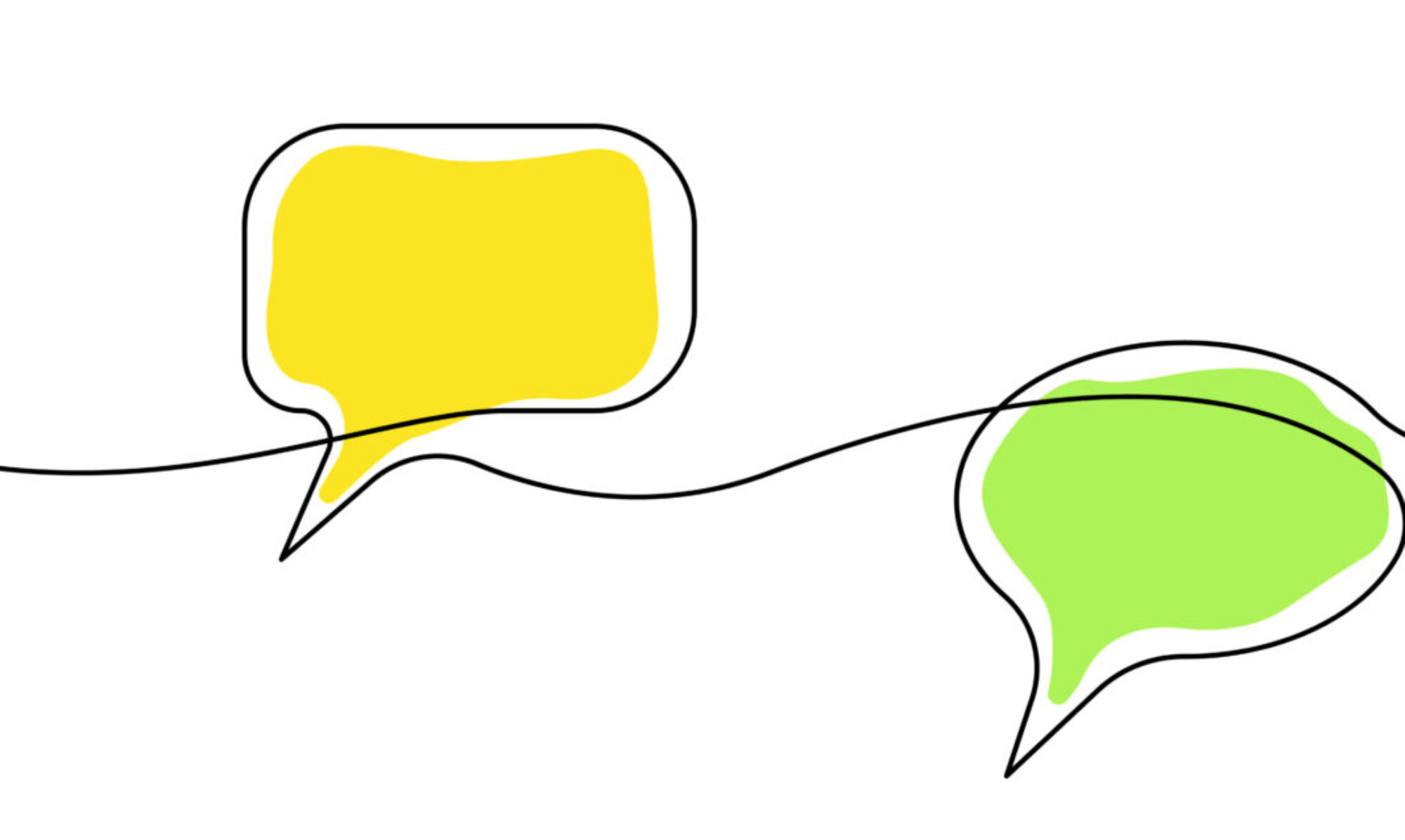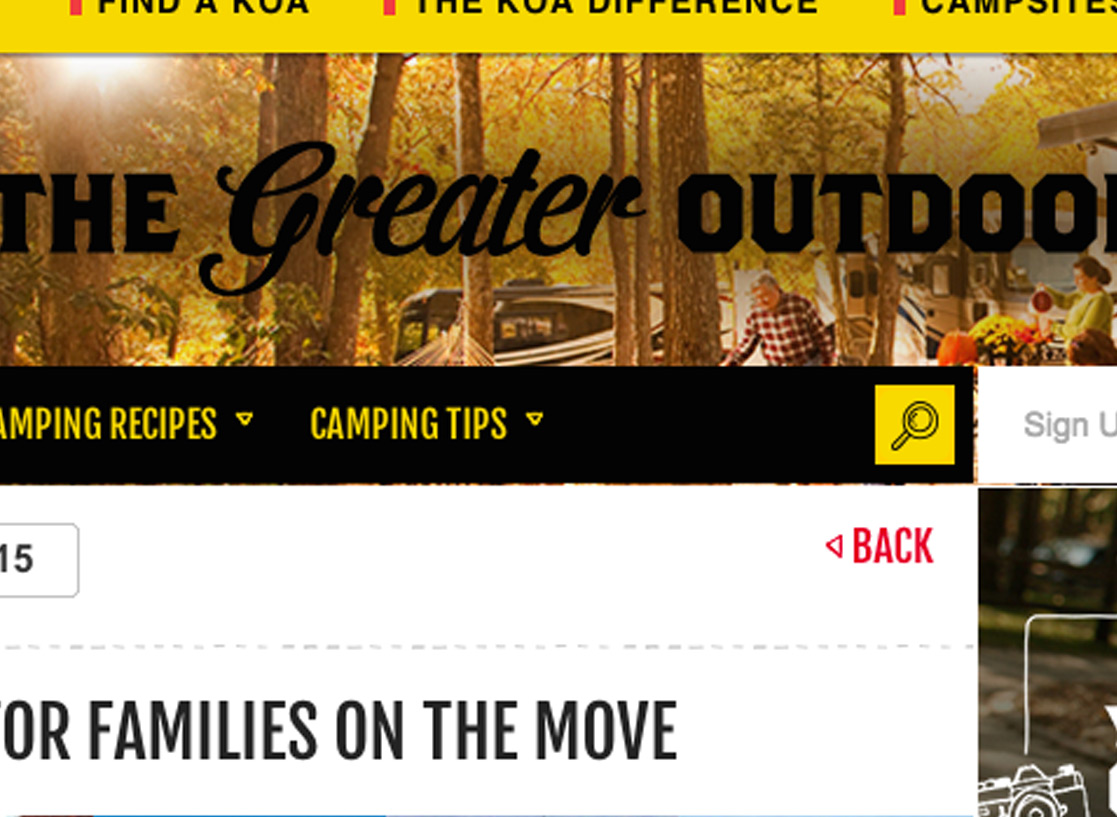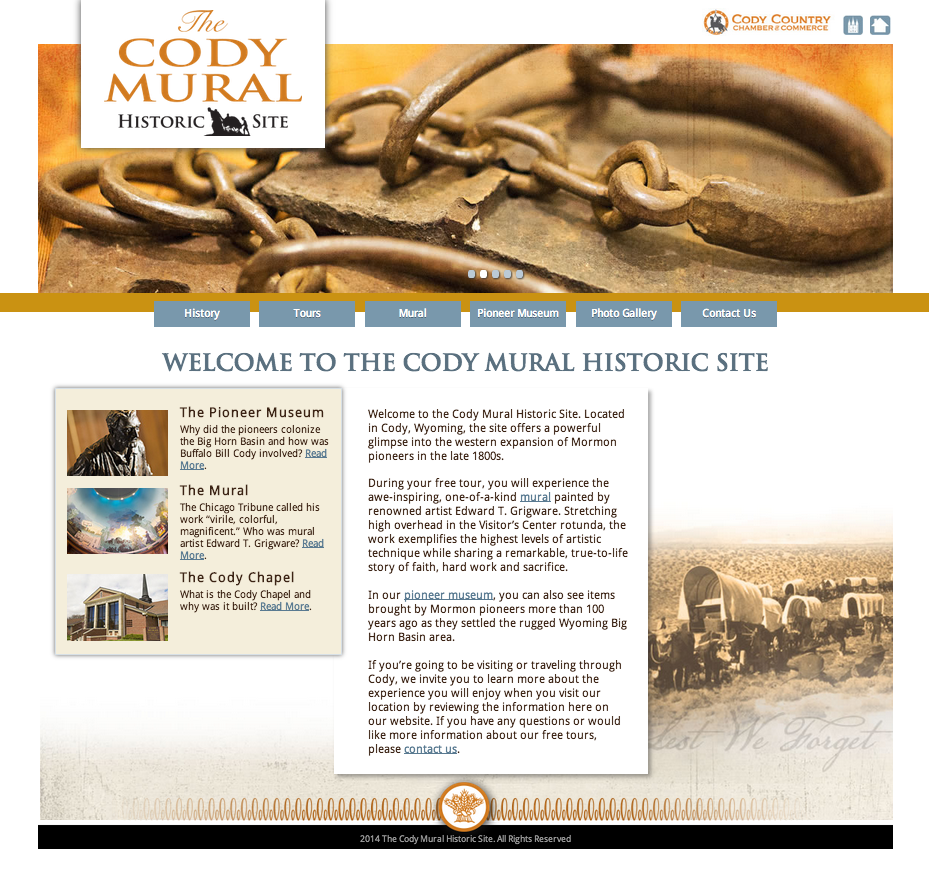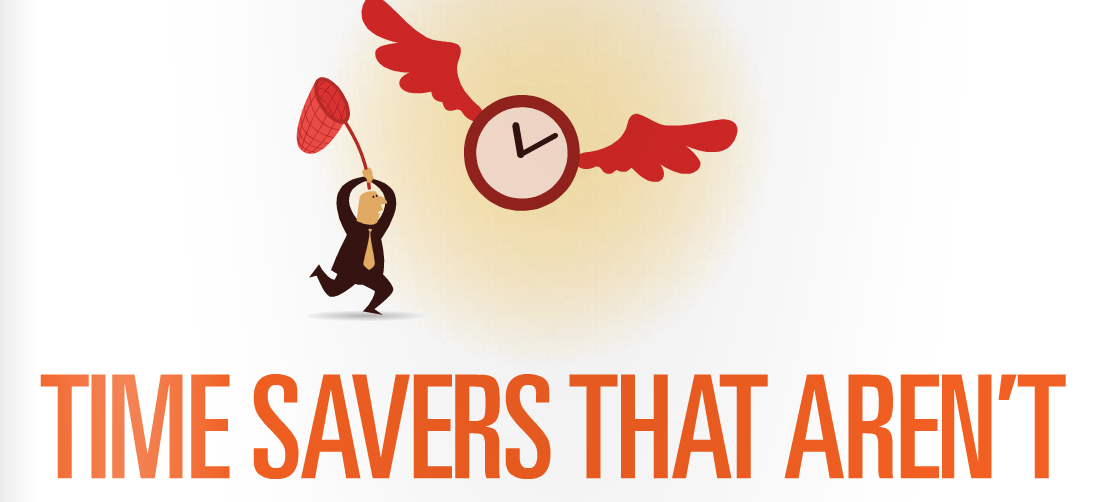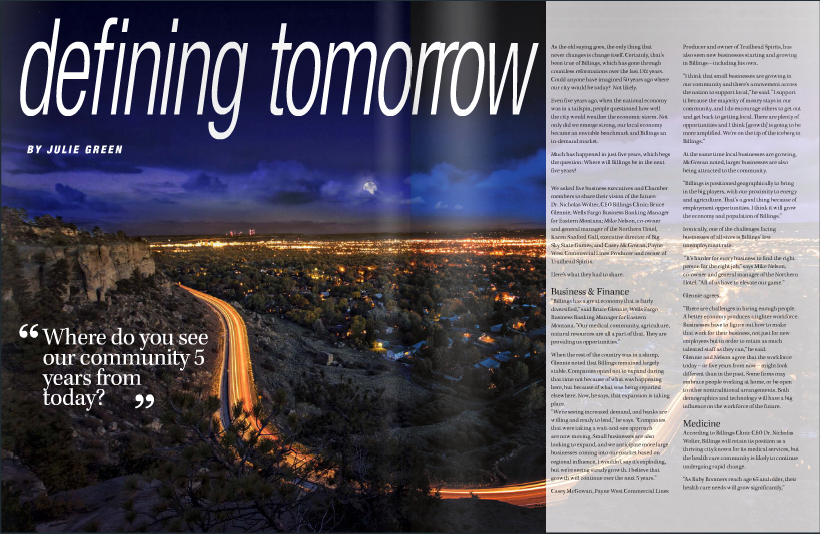Black Friday and I, it seems, may be breaking up this year
A two decades-old relationship is coming to an end, ruined by stores who fail to see the value of the Black Friday brand and the experience it provided.
It’s been nearly 20 years since the first time I set my foot out the door, shivering in the frosty chill as I scraped off my windshield and headed out into the pre-dawn darkness. My hair was a mess and I’d only taken the time to brush my teeth and take care of the basic social necessities, but with my mission clear in my mind, it didn’t really matter.
As I recall, it was a VCR that was on sale at ShopKo that had drawn me out for my initial Black Friday adventure. Of course, I had friends who’d been shopping it for years, especially to take advantage of toy offers for their kiddos. I’d called them crazy, but when I saw the price of that piece of television tech, I decided it just might be worth it after all.
I arrived and took my place in the long line of women at about 4 a.m. Most, like me, looked as if they’d just rolled out of bed. I chatted with people I didn’t know, and there were a lot of giggles about how we were silly to be up this early. I suppose you could call it a comraderie of craziness, a club of ladies committed to getting deals while having fun.
Did I get that VCR? Actually, I can’t remember—but the experience remains etched on my mind. For every year thereafter, with few exceptions, I would head out for those early morning Black Friday deals. It wasn’t about the sales, mind you; it was all about the experience. Pouring over the Thanksgiving Day ads and planning where to go and what to buy. Heading out with other wives and moms, having fun huddling together in our pajamas and coats, laughing as we waited in long lines and sharing the deals we’d snagged. It was even worth it when we returned from 12 hours of shopping, exhausted, feet hurting but with bags full of finds.
In a way, you could say this was the Black Friday brand. A brand I loved—enough to be a part of a CNN story a few years ago about my shopping strategies. It’s also a brand that has, especially over the last 3 years, diluted itself to the point of being virtually unrecognizable.
Now stores are opening almost as soon as the last bite of turkey has been consumed, and the fun of it all has declined. It’s not just that more people are coming out—it’s that they’re coming out complaining every step of the way. The lines are too long, they say. They don’t understand why the store may only have 3 of those $199 70” televisions in stock. They push, they whine, they argue. Men who would never dream of getting up at 3 a.m. are being dragged along by wives and girlfriends, and they aren’t happy about it. I’m not the only one to dislike the practice, mind you; in fact, 62% of Americans who participated in a recent survey reported they either disliked or “hated” the practice of opening it up on Thursday.
I can do all my shopping online and get the same deals, so I don’t see any reason to go out in my pajamas when I can certainly stay at home in them. So perhaps that will be what the Black Friday brand will ultimately become—a day of staying in. Which is a little ironic, considering that’s exactly what Thanksgiving Day used to be.
So Black Friday and I, it seems, may be breaking up this year—a two decades-old relationship coming to an end. Ruined by stores who fail to see the value of the Black Friday brand and the experience it provided.
